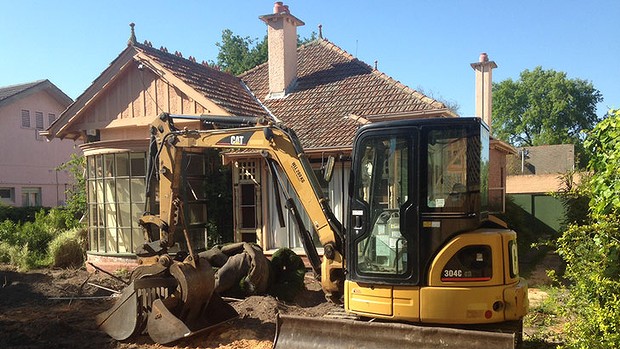Planning Panel considers Heritage Overlay for “Ngara”

Last week the Trust was represented at two day hearing by Planning Panels Victoria appointed to consider Boroondara Planning Amendment C208. While the amendment seeks to add several properties to the Heritage Overlay, the proceedings, and the Trust’s interests, have been dominated by the matter of 46 Rowland Street Kew, the birthplace of former Prime Minister Gough Whitlam. The complicated recent history of Ngara has been previously documented by Trust Advocate, and the property was refused classification on the VHR earlier this year following a hearing by the Heritage Council.
The hearing saw a battle of some of the great minds of heritage and the legal profession, with the owner of 46 Rowland Street represented by former Supreme Court Justice Stuart Morris QC, who called on eminent historian Professor Graeme Davison to provide expert evidence. The National Trust was represented by Barrister Rupert Watters, instructed by Harwood Andrews.
The case for Ngara ultimately hinges on whether or not it satisfies Criterion H: Special association with the life or works of a person, or group of persons, of importance in our history (associative significance) at a local level, as set out in Planning Practice Note 1: Applying the Heritage Overlay.
That Gough Whitlam is a “person of importance in our history” was common ground for all parties. However there were as many opinions about what constitutes a “special association” as there were different pronunciations of “Ngara”. Professor Davison, who elaborated on his oft-cited paper “What Makes a Building Historic” argued that to be significant, a building has to tell a story, and that ultimately there is a “thinness and paucity” to the story that Ngara is able to tell about Whitlam. Lovell Chen’s Kate Gray, providing evidence for the owner, echoed this, arguing that Ngara is a footnote in Whitlam’s life in terms of his formative experiences and contribution to political and public life. In contrast, the City of Boroondara, supported by the National Trust, submits that Ngara provides important evidence about Whitlam’s middle-class origins, having been built especially for his newly-married parents by his grandfather Edward Maddocks.
One of the complicating factors explored throughout the hearing was the lack of clear guidelines about thresholds for local significance. No doubt the panel’s findings will set an important new precedent for the application of the heritage overlay, and in particular, associative significance.
You can read the full submission by the National Trust here.
+ There are no comments
Add yours